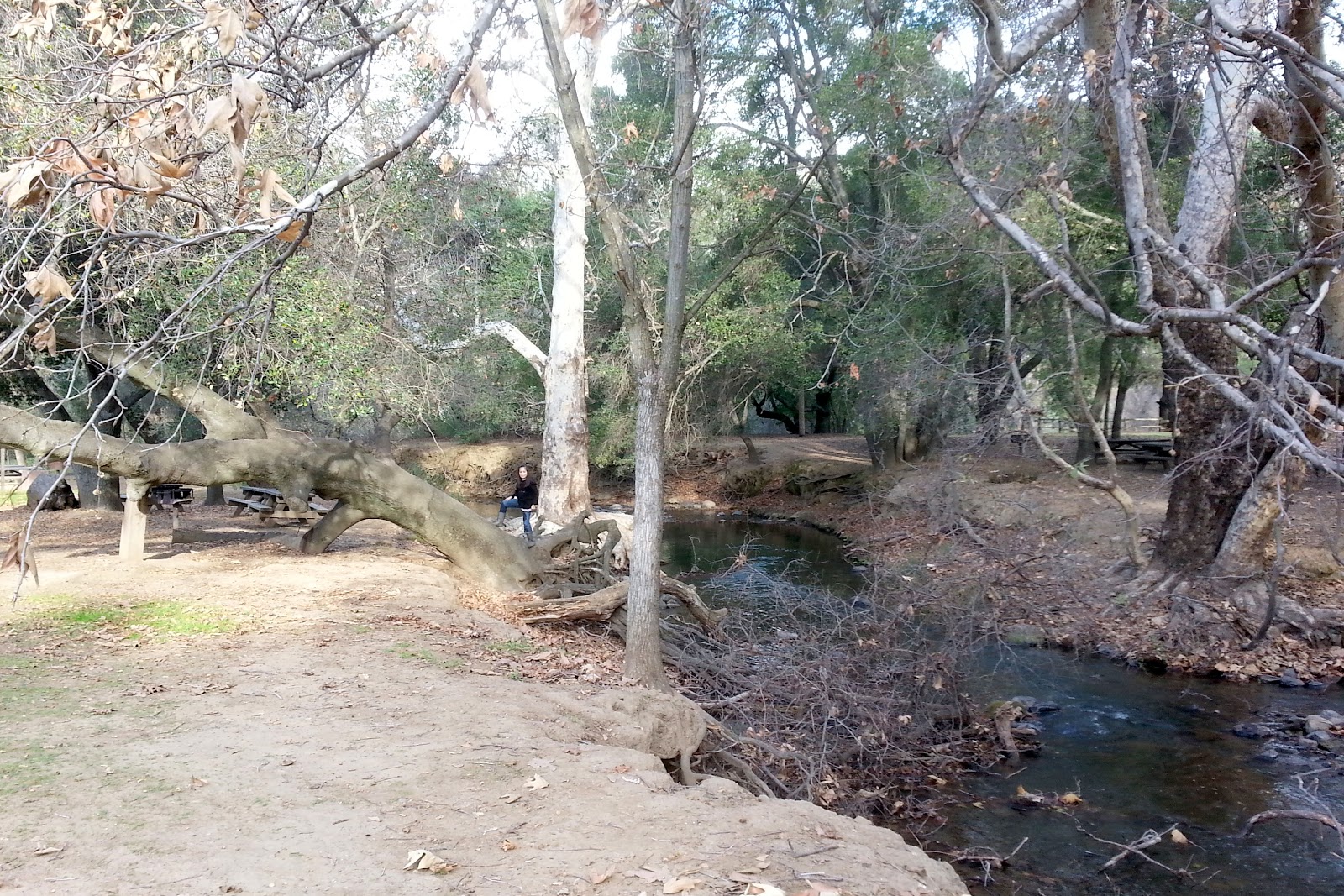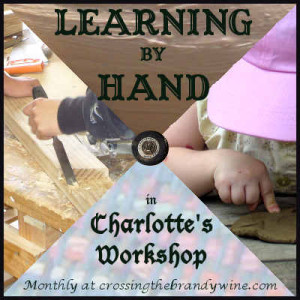 |
| Gianna blends right in with the landscape! |
Thank you so much for your participation in our January Keeping Company link-up! I have really enjoyed reading through the posts and participating in the discussions that are going on in everyone’s comment boxes. I hope you have too! There’s still plenty of time to join in, so hop on over and share what Keeping you or your children have been doing when you get a chance.

Lizzie at StongHaven is hosting A Mother’s Feast, where we can chat specifically about Mother Culture. I loved her introduction to this month’s link-up. Let’s just say I can totally relate. 😉
Amy at Crossing the Brandywine encourages us to share the handicrafts we’re doing with our children in her monthly link-up Learning by Hand in Charlotte Mason’s Workshop. I’ll admit: this is a habit I struggle with being consistent about, but little by little, we’re getting there!
Nature Study Mondays is back at Amy’s! I always enjoy reading others’ nature-related entries.
And Amy made some changes to the Charlotte Mason Blog Carnival for this year: you can now link-up your own posts! So if you’re writing about CM education (or enjoy reading about it!), head over there for more.
And this isn’t a link-up, but if you’re new to Charlotte Mason education and haven’t already heard about Brandy’s Newbie Tuesdays, please do head on over and sign up for her free monthly e-newsletter specifically geared toward homeschoolers that have just started using the CM method. (And yes, you can sign up even if you’re not new–I did!)
~~~
Once when I was six years old I saw a magnificent picture in a book, called True Stories from Nature, about the primeval forest. It was a picture of a boa constrictor in the act of swallowing an animal … In the book it said: ‘Boa constrictors swallow their prey whole, without chewing it. After that they are not able to move, and they sleep through the six months that they need for digestion.’
I cannot tell you how often this sort of thing happens. Always and everywhere!
And this is exactly why children don’t need unit studies to make connections across their studies. A varied diet of good living books provides for much richer connections than any we could manufacture–and they’re all-natural and organic too. 😉
 |
| another wiki photo |
…but instead, up popped a sweet phoebe lookalike on screen.
 |
| photo thanks to wiki |
Other than his red breast, obviously, he doesn’t look much like a robin at all. Hmmm.
And then I got to thinking: hey, is that why we call it an “American Robin”? Because, um, there are other kinds of robins out there?
Yes, yes, indeed. Meet the European Robin–or perhaps more properly, just “the robin,” since this guy was the original “robin redbreast” (which he was named all the way back in the 15th century!).
It was one of those days when I’m certain the tagline for this little blog should be, “Joyous Lessons: where one clueless mom just tries her best to keep up with her kids.” (Because, really? If they had been watching along with us, I’m sure they would have cleared up my confusion without even needing to Google!)





6 comments
Oh my, Celeste. That SOOOO would have been me! I admire your humility for admitting it publicly on your blog! I had NO IDEA that there was a bird besides the American Robin. Duh. I am ridiculously ethnocentric at times and when it comes to my attention I don't know whether to laugh or cry half the time.
That's very funny about the robins. However, I was totally confused by your picture of a phoebe! Do not scorn me, but I have only seen sweet Eastern phoebes which have no red. Lydia quickly opened her Sibley's to show me your Say's. So don't feel bad at all. 🙂 Enid Blyton's Nature Lover's Book is good for learning some of those British birds. Thanks for the program link – it looks lovely.
Me too! I think I'm going to need to take a trip to England for some bird-watching…for the kids' education, of course. 😉
Actually, although we have Say's here, our most common phoebe is the black one, which we see everywhere. The body shape is what reminded me of the European/English robin. I then read (in that wiki article!) that the European robin is a flycatcher (like the phoebe), whereas our robin is a thrush. So now it all makes sense to me 🙂 I will check out the Enid Blyton book–thank you!
Love this post, Celeste. First, I have lost track of how many times we have made connections in our AO books. I LOVE that!
Second, I am not much of a bird identifier, either. However my 16-yr-old ds is our resident ornithologist, and I am constantly asking him to identify a bird for me. We have also started a bird list and that is helping me with the identification process. 🙂
Have a wonderful Wednesday!
My oldest son has much more bird knowledge than I do and it helps so much when we are out and about! I have never been much help, but this year, I'm finally starting to feel a bit more confident in my bird identification. Just a bit though. 🙂